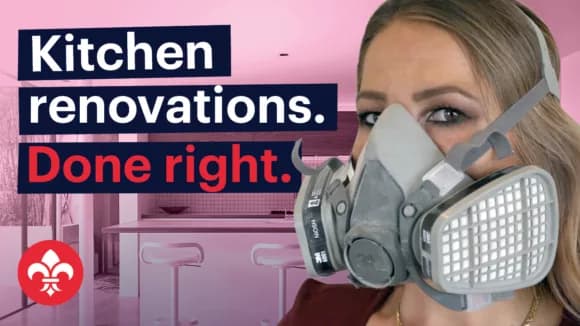Step #2: See if you can turn it into a room-by-room rental
Sometimes, you can turn your property from one dwelling into two. Or, you might be able to change it so you can rent the property out to more people.
You might be able to add another dwelling on the same property. For example, you might add a minor dwelling in the backyard.
Or, there might be a bedroom in the garage, that you can convert into its own dwelling. That way you can rent it out to another household and earn more rent.
However, property investors tend to focus on a "top-down conversion".
This is where an investor purchases a two-story property and separates the upstairs and downstairs.
Ultimately, two households can rent the now-split house separately.
For these sorts of conversions, you need a large floor plan.
As an alternative, consider a room-by-room rental conversion.
This is where you convert a property so that each room can be rented.
It's only an option for some, but this approach often delivers higher rental returns.













